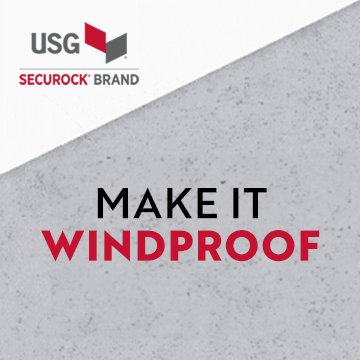Why standing seam (traditional) is the best roofing ever
« Back To Roofers TalkThat's something to be proud of be sure. I'd love to be able to do that, but finding the customer base around here to pay for it would be difficult.
That said: the post isn't even about me... Or the work: this is more to showcase what is possible. This is not special or custom, they do this work every day like this in other parts of the world. After fighting this road to get here and running into walls with people in the industry who say they can do it but can't, I have to say yeah I am damn proud to be advancing the discussion and hopefully inspiring people to think different about the way they cut their metal roofs.
It is the best roofing for those reasons I stated. After learning and going through the whole process of creating something like this it makes you feel a type of way. Knowing that I can see everything : any crack, any defect is on the surface or right behind a 180 degree turn. Not tooting my horn I'm just getting started in this field: I'm just excited to pull it off and honored to have a great client that regicnizes the value in it as well.
John, You are right, I have done the industry standard 10' flat sheet built-ins in the past. When I started doing cornices this was the best approach I could find based on the research and existing precedents. I got into the trades because I hired a copper guy to do built-ins on a cornice on my own house that I restored over a summer. I will never forget watching him hack in my gutter corners in the field.
I knew from my research on the cornice work; (I read William Nuerbaker's book and practiced a few patterns before ever even working on the carpentry) That proper sheet metal work is drafted in the flat and plotted/patterened before cutting. When I asked him why he didn't draft out the corners first and seam them: he looked at me like I was nuts and said there was no way to do it. I also knew coming from a family of tin-knockers and sheet metal fabricators 3 generations deep that there was a rich tradition of careful study and development of patterns and templates for everything. Never mind the evidence of the seamed standing seam roof I took out and deconstructed to figure out how they got the seam to run up the wall...
I let the guy finish the gutters but passed on the standing seam roof, because he suggested cutting the seam ends at the wall and laying them down for a good sweat, then putting a big counter cap on it.
My search continued. My ancestors were dead and gone so I had nobody to ask.
I started doing slate roofing, decorative sheet metal work: vessels and finials, and yes, soldered gutters, with single lock seams using all of the research and guidance I was able to gain up to that point.
In my preservation career, that was all I did, slate roofs with simple folk-flashing details (tinner's wings) and notches / gore pieces soldered in at the top of crickets / etc. Isolated pieces.
I have never soldered details on a standing seam roof.
In fact, the first 7 years of my preservation career: I was asked many times to do standing seam roofs and I told them all the same thing: I only know how to make a straight seam: if you have a straight gable let's do it, otherwise avoid it unless you can find someone who knows how to pattern and fold all the details.
I passed on the jobs and watch them hire people who would hack in "essence of standing seam" and pin good copper together on the details. People gave their lungs and backs to mine that stuff. I don't like to see it wasted. Put rubber on if you are not going to respect the culture and heritage and do it right.
The only standing seam roofs Patina (my old company based in KY) did were due to a very special employee who now works for a very elite group in Hunstville, AL. He was the only person I met up to that point who actually had experience with the proper training to perform standing seam respecting the tradition, culture and heritage. All corners penetrated, everything double locked, no excuses. It was then, and only then we performed some really nice octagonal standing seams on a few slate projects.
With soldered built-ins, we tried to do our absolute best, following what we know about chemistry, metalurgy, and precedents put out by other tradespeople. Again I go to the old books first, then look for precedents in the built world to prove the old knowledge is actually holding up.
I see very few examples of 10' soldered work that is older than 1980. This is just based on the inspections I have conducted. Mostly 10-15 year old assemblies that are either ripped up at the bullnose drip like a sardine can, or busting open at the seams.
I think there is a place for cheap roofing: asphalt 3-tab, 5v, all that stuff has it's place. It's not like we should have only top-notch and nothing else. But if you are doing sanding seam: for preservation purposes, to match an american tin/terne look: it shouldn't be soldered unless it actually IS tin/terne. There is precedent for that: if you have terne: solder the heck out of it.. paint it, back prime, and there ya go..
I am on a mission.. Similar to joe's book, we will have standards and have this information codified so the general public and architects will know what to look for with a properly made standing seam.
everywhere else in the world, where the codes are enforced on this at the time of construction: they don't allow it. You would lose your license or guild standing.
We get away with it here because there's no recourse in 30, 40, 50 years.. the work should last longer than that though. and we owe it to the miners to respect the material, and honor the traditions and precedents if we are going to render it into roofing.























